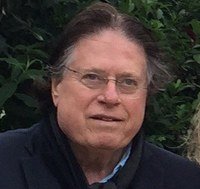The Interaction of State Repression, Protest Form and Protest Sponsor Strength During the Transition from Communism in Minsk, Belarus, 1990-1995
The Interaction of State Repression, Protest Form and Protest Sponsor Strength During the Transition from Communism in Minsk, Belarus, 1990-1995
Larissa Titarenko, John McCarthy, Clark McPhail, Boguslaw Augustyn
2001
2001
Abstract
Abstract
Social Movements
Democracy
Keywords
Democracy, Europe, Knowledge Production
Theme
Popular Education; Adult Education; and Social Movement Learning
